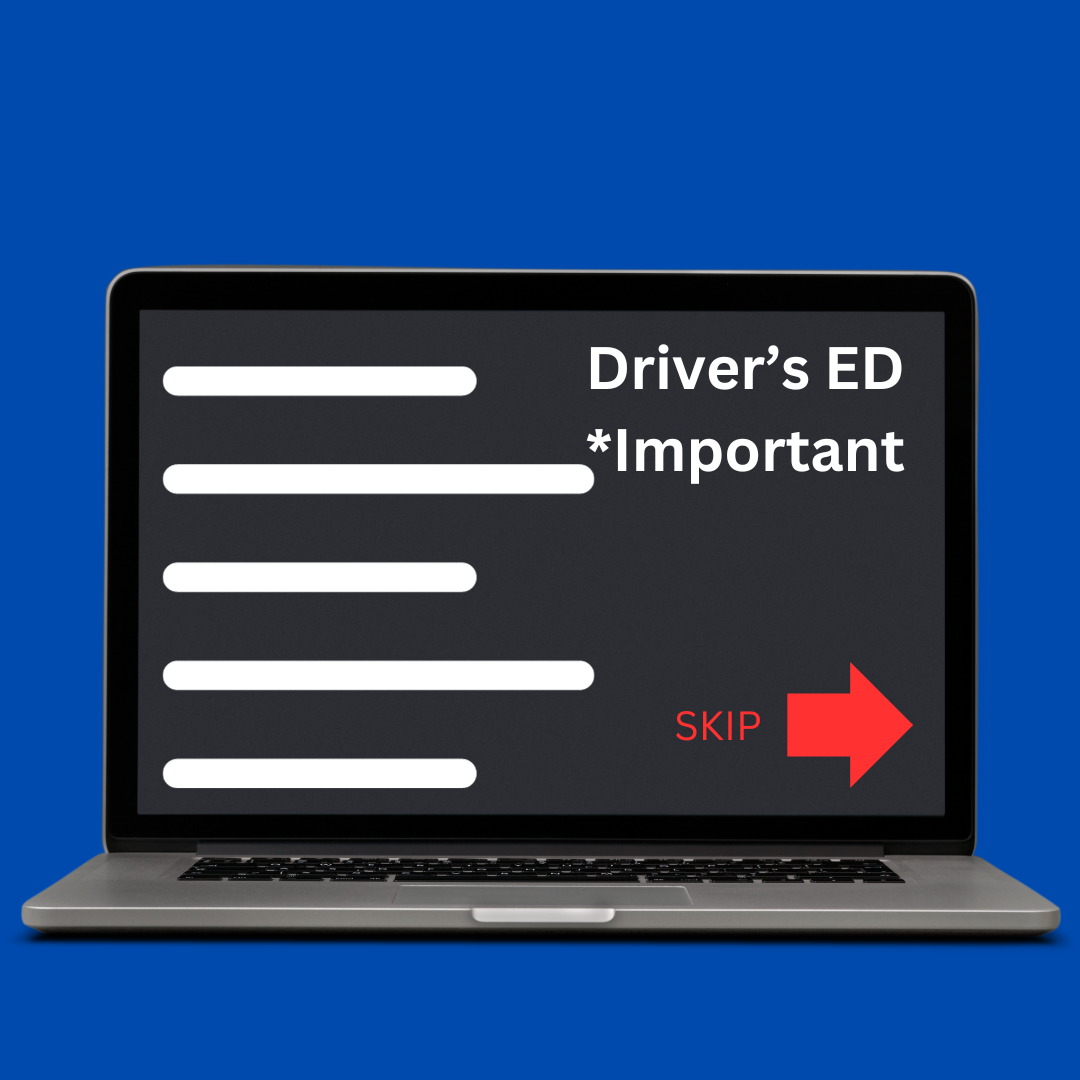In American culture, obtaining a driver’s license at the age of 16 rewards high school students a feeling of independence, but an increase in teen car crashes raise signs of alarm.
Car crashes are the leading cause of death for teenagers, and recent trends indicate teen car crashes are soaring. In 2021, 2,116 teenagers died in crashes, which is an 11% increase from the 1,899 that died in 2020.
The increase in teen crashes can be seen across the nation but more specifically in the state of Massachusetts. An AAA analysis found that there were 16,709 teens involved in car crashes in Massachusetts in 2022. To put it into perspective, it is equivalent to about one crash every 32 minutes in the state of Massachusetts.
The news is filled with teenage driving incidents resulting in horrifying outcomes, often a result of speeding, driving under the influence, texting or ignoring road signs. Just last week, two teens in Iowa were killed in a crash because the driver did not stop at a stop sign. Another teen was killed in Houston in a car crash after the driver refused to pull over and attempted to evade the police.
It is expected that automotive safety features would decrease the amount of teen deaths from car crashes. However, these technologies are futile if they are not used. In 2019, 43% of high school students across the nation reported not wearing a seat belt. Bad habits like not wearing a seat belt can make a bad car crash even worse.
About 75% of serious teen crashes are due to three critical errors: lack of scanning in efforts to detect and respond to hazards, driving too fast for road conditions and being distracted by something inside or outside of the vehicle.
Luckily, there are ways to help encourage teens to drive safely and fix their bad habits. One method is for parents to enforce a seat belt rule and make sure their teens are wearing their seatbelts when in a vehicle. Parents can also work to limit night driving and the amount of passengers their teens drive with. These methods may not always correct the bad driving habits of a defiant teenager, but they are a step in the right direction.
Another cause for the rising teen crashes is the skill deficit present in drivers transitioning from their learner’s permit to an intermediate license. The majority of newly licensed drivers lack significant skills they should have developed during the time they had a learner’s permit.
One factor playing into this is the fact that teenagers are simply not getting the drive practice time they have historically gotten in the past.
Past generations of drivers had the ability to take a driver education course as a class in high school for credit. The classes provided teens the ability to get driving practice through simulation or real-world instruction. The classes also taught car functionality and road safety. Students would then take written tests to prove they had the necessary knowledge to be a licensed driver.
An increase in high school graduation requirements combined with a curriculum crowded with college prep classes left little room for electives like driver education. Eventually, a lack of funding and a shortage of driver education teachers led to the whole program getting cut out of school.
Without school-provided driver education, teens rely heavily on private companies for their driver education. These courses are typically partially or completely online and administered without a proctor, allowing students to cheat instead of learning the necessary content to be a good driver.
Private driver education companies usually set up a few sessions with learners to do real-time instructional driving with students. However, these few sessions don’t compare to the high school driving classes past generations had access too.
Deputy Jamey Fah reflects on how driver education has changed overtime and what specific learning can help teenagers become better drivers. “When I went to high school I took driver education as a class, now driver education has been moved to private instruction. I think specific driving instruction with more precise driving movements would be better than just doing the hours of driving you are required to do by whichever private company you choose”
Fah believes high school driver education classes are advantageous. “It would be awesome if we had driver education classes at the high school but unfortunately we don’t. I think it would make people better drivers overall,” he stated.
Sophomore Vrayas Pila finds his driver education with a private company to be different than he expected. “I expected to be taught everything from top to bottom as if I had never sat in a car before, but the company I did my driver education with expected me to already have a decent level of driving capability”
Pila believes he wasn’t given the instructional learning he should have. “After every one hour driving session, I would simply be given a grade, and I would be told what I needed to improve on my own. Of course I still learned a good amount from driver education. I just feel like I was being graded more on what I had learned myself than actually being trained by a certified professional,” he continued.
Prior to getting their license, teens are expected to accomplish 20 hours of supervised learning, though only a few of these hours are completed during driver education. The rest of these hours must be accomplished with an adult who must sign off on the hours you have driven.
Unfortunately, this system is easy to cheat, as parents can sign off on hours their kids have not accomplished.
Additionally, an uncertified instructor such as a parent may not have the tools to properly teach their kids how to drive. Driver education vehicles have a brake for the instructor to use, providing a means of extra safety with a learning driver. The fear parents may have from the absence of this added layer of security can cause teens to miss out on some of the skills they should have learned during supervised driving sessions.
Pila feels the impact parents’ fear can have on a new driver’s learning experience. “Fear of accidents have made my parents uncomfortable teaching me to drive. As a result, they minimally taught me crucial skills like parking in a lot between two cars or driving and parking efficiently in reverse. Now, it is up to me to figure it out on my own, which is kind of scary,” he stated.
With a growing number of teenage car crashes, it is crucial that teens spend more time honing in on their driving skills. However, it is also vital the nation reevaluates its quality of driver education to ensure new drivers aren’t missing the important skills previous generations have acquired.









